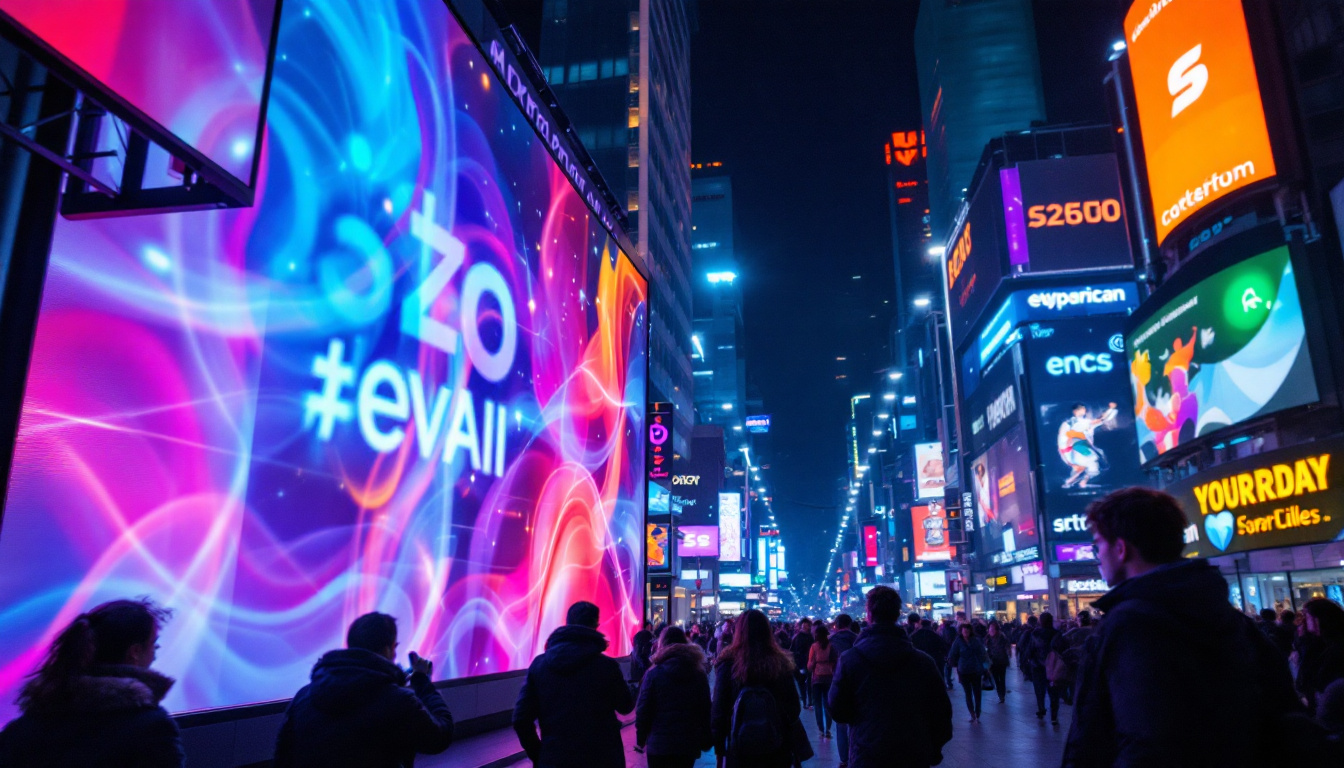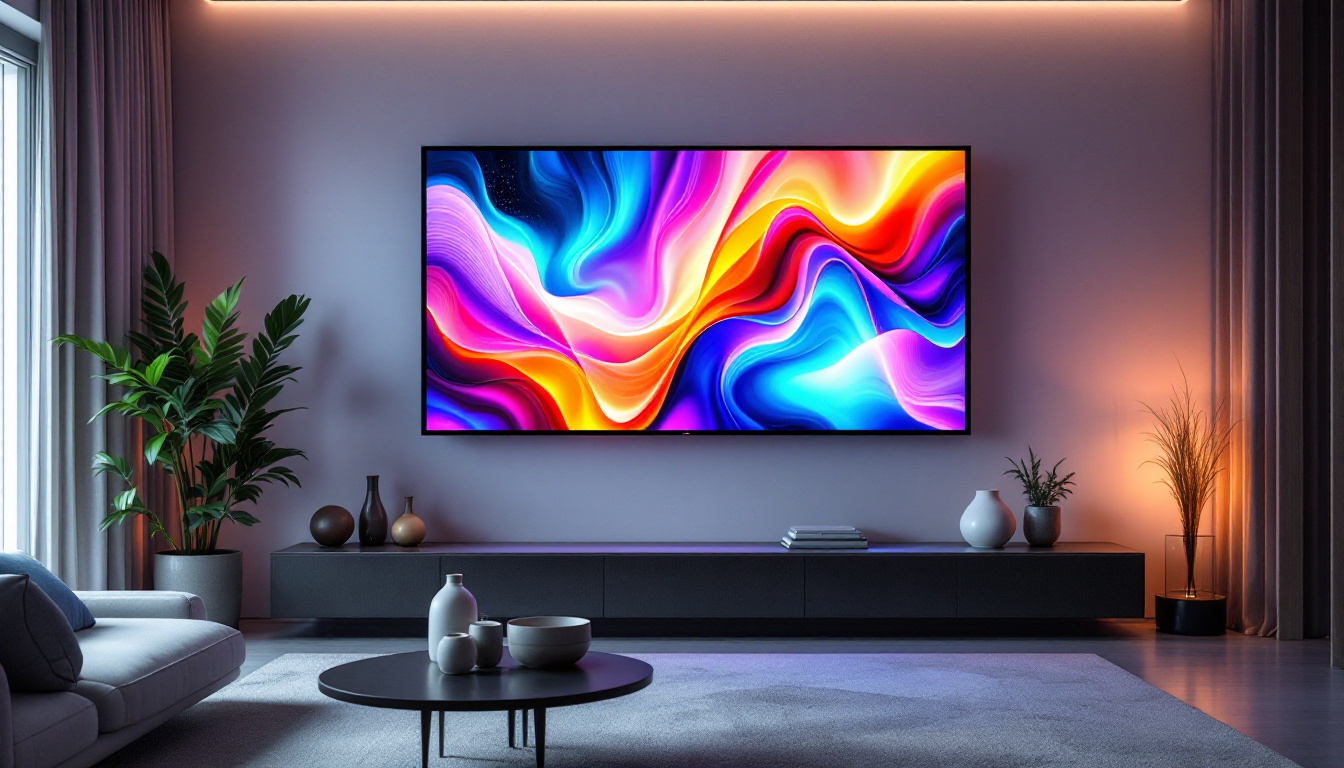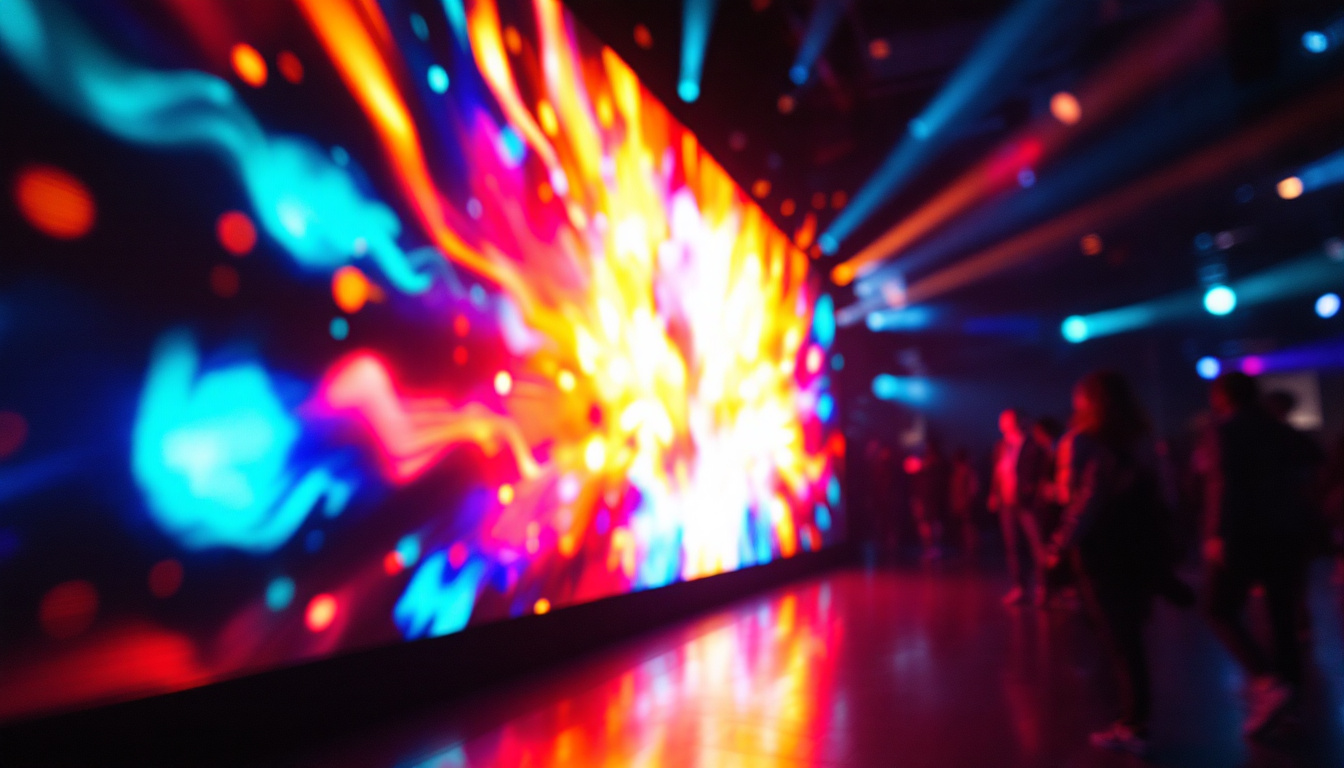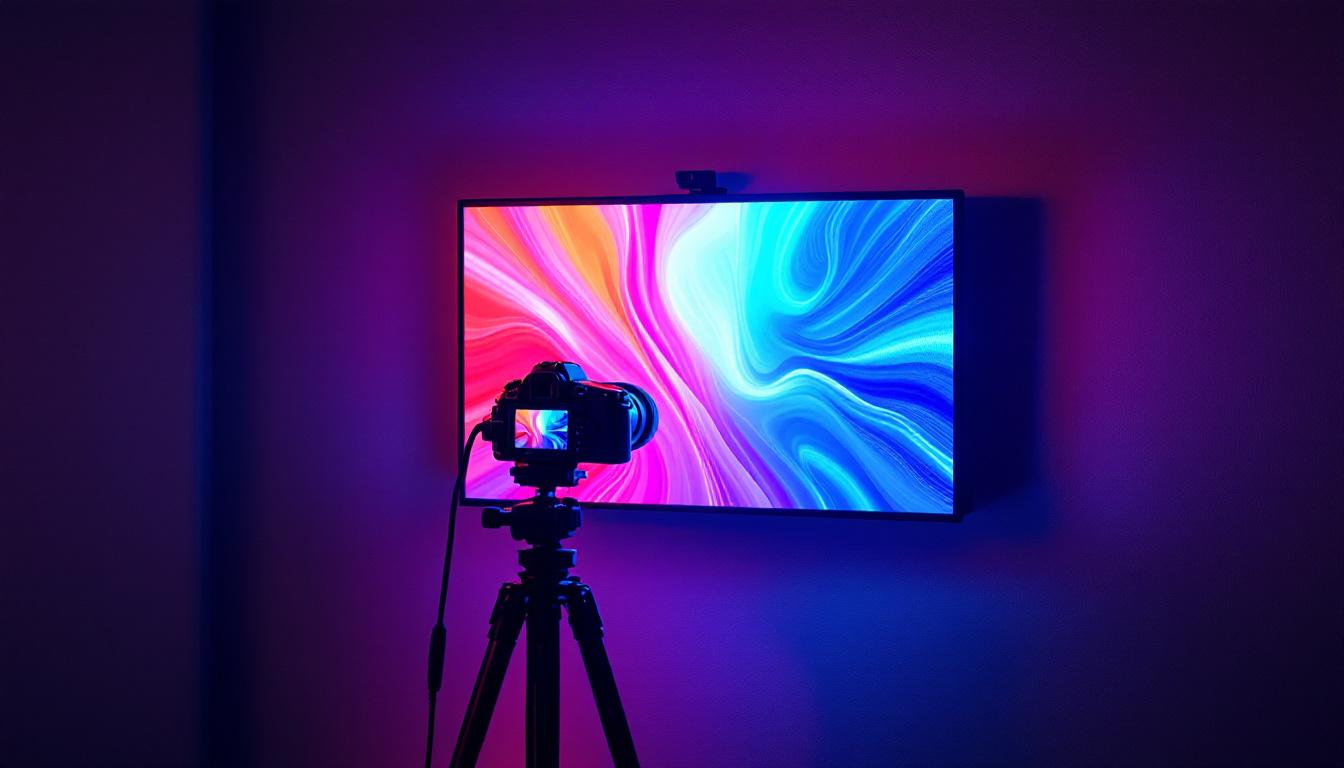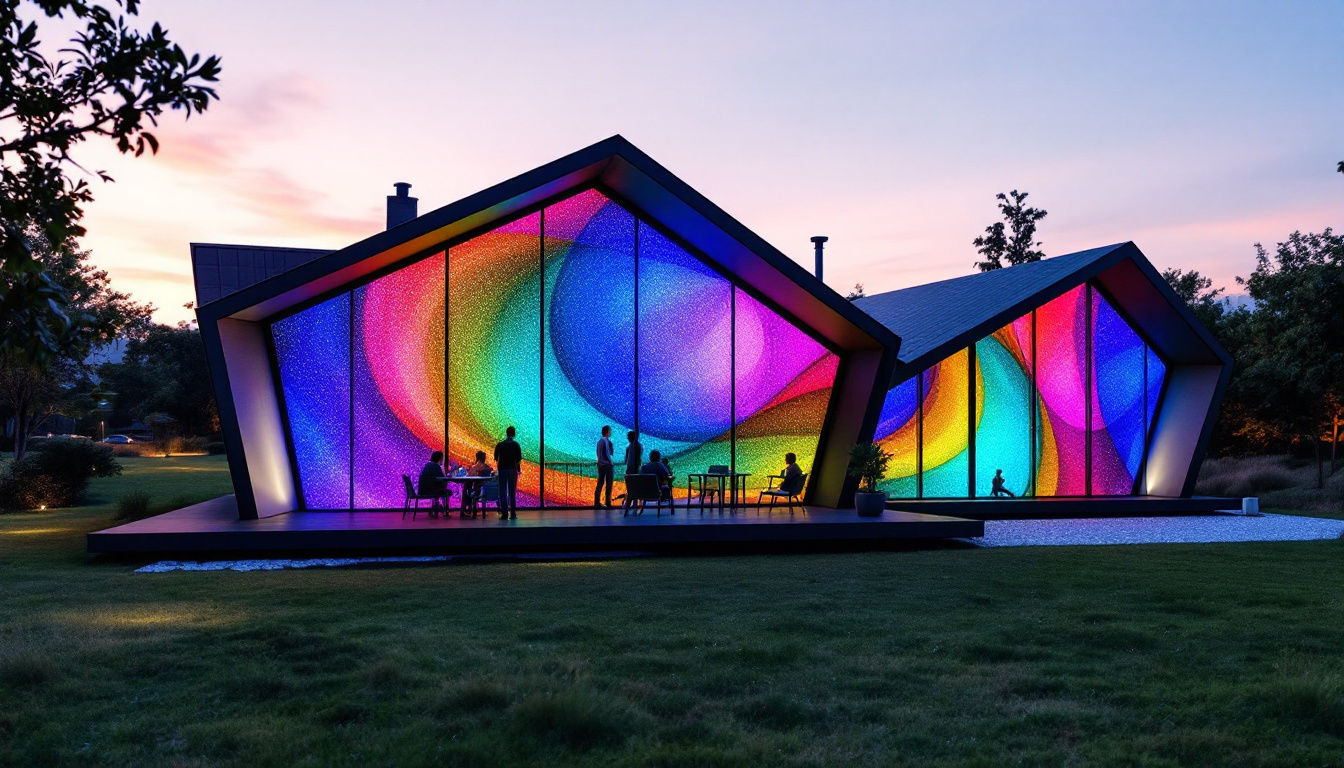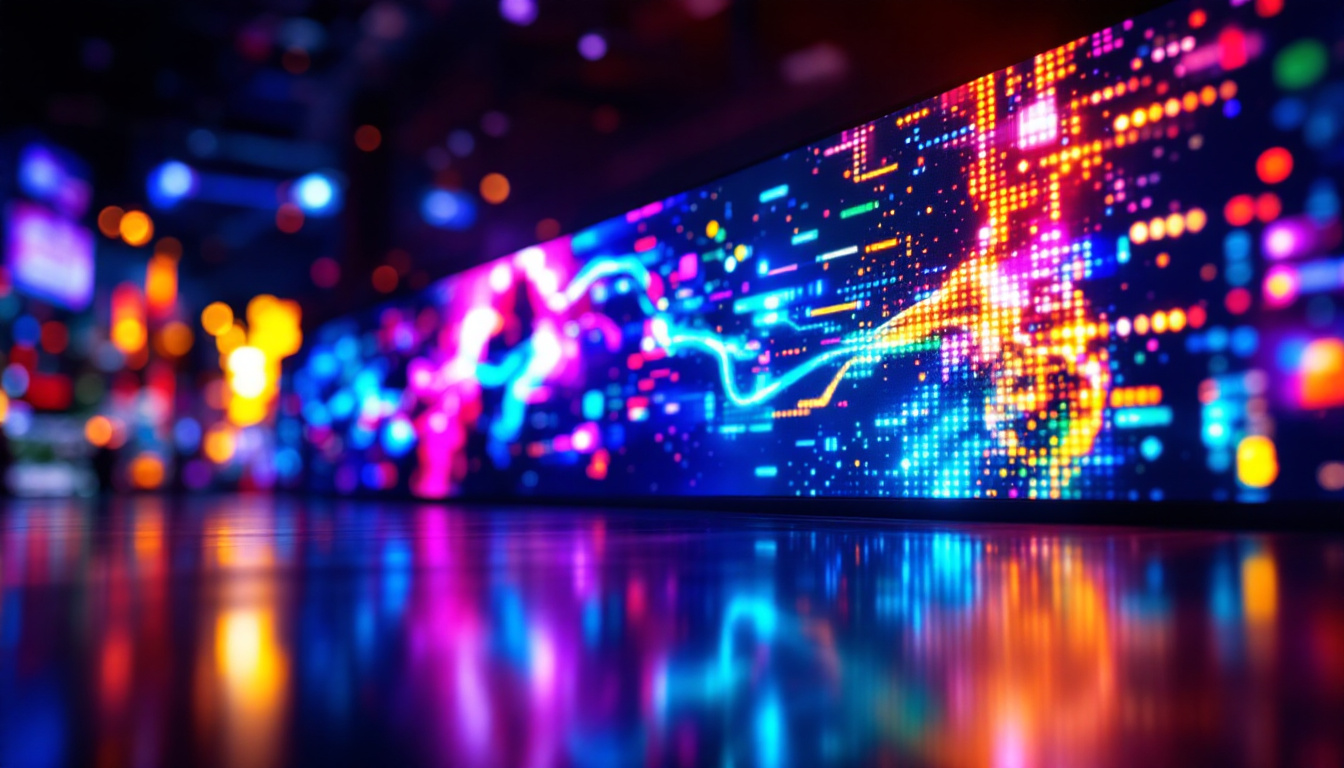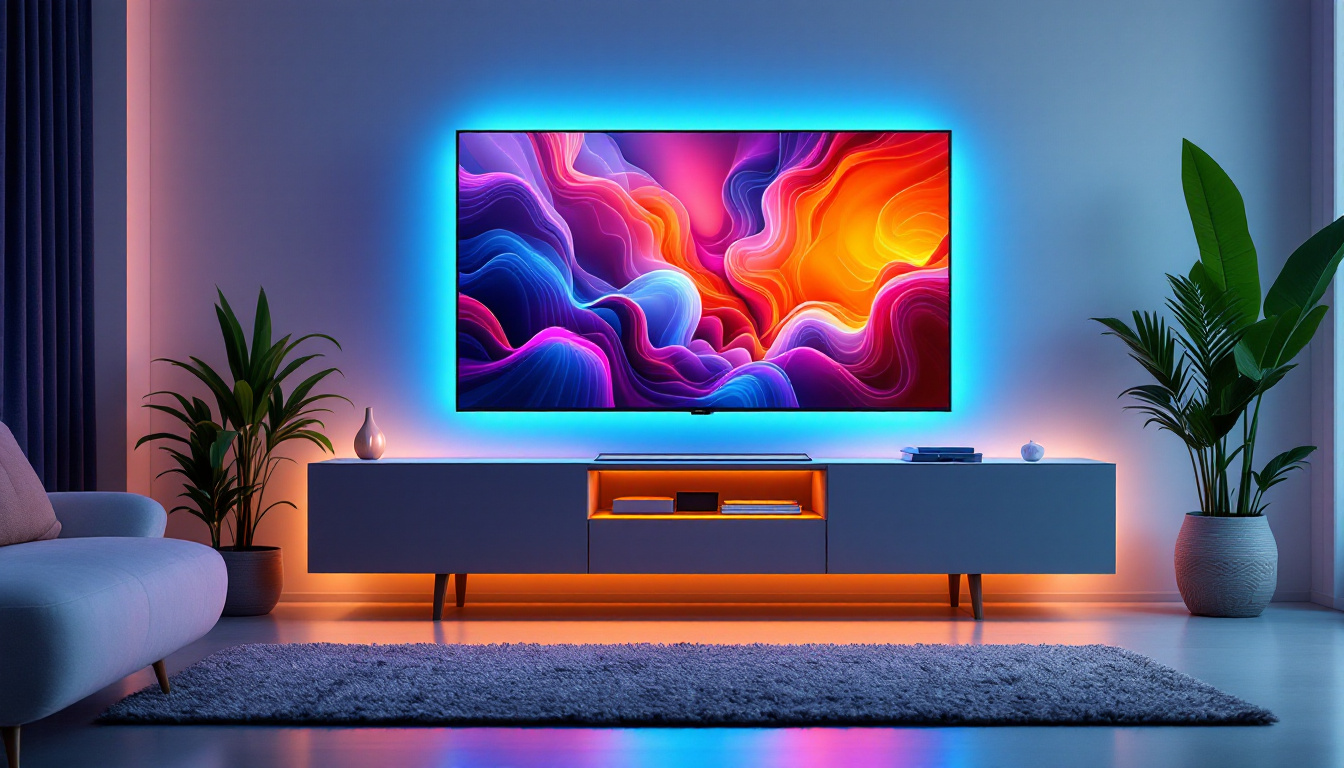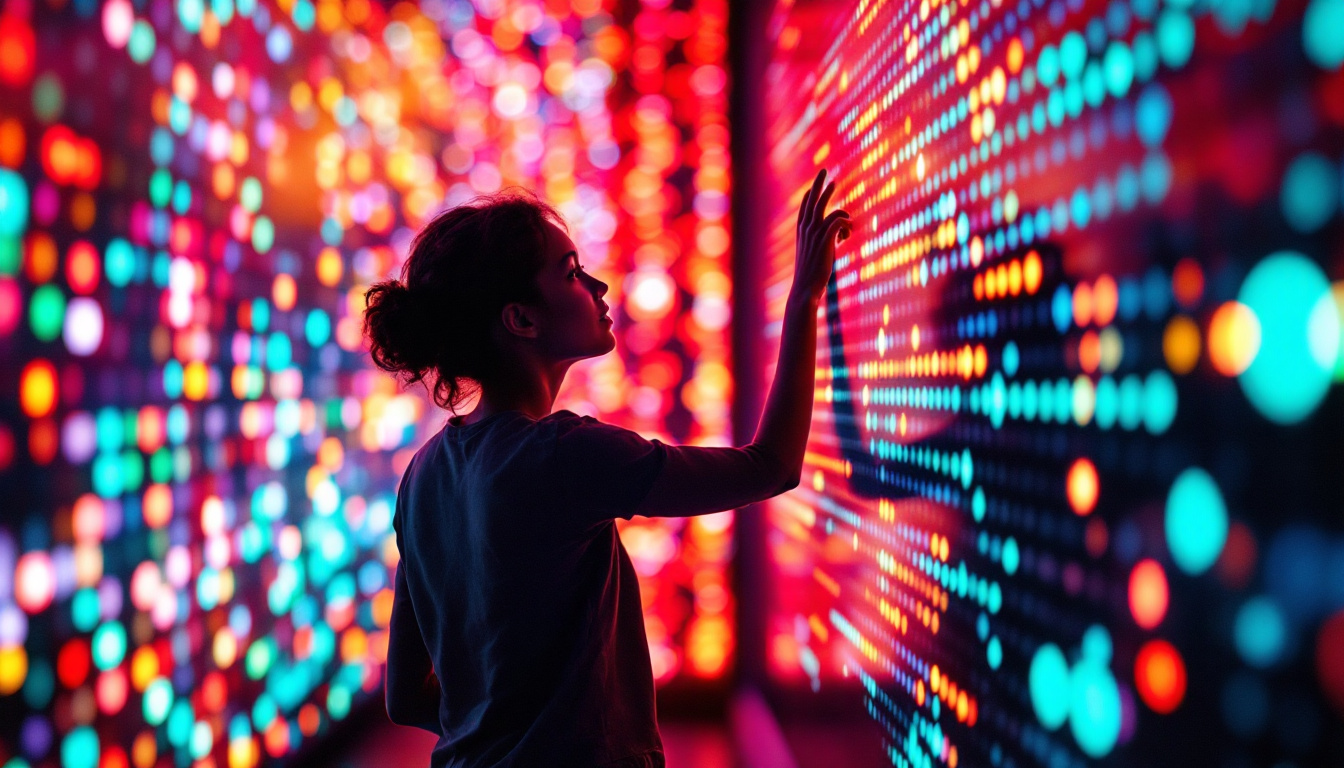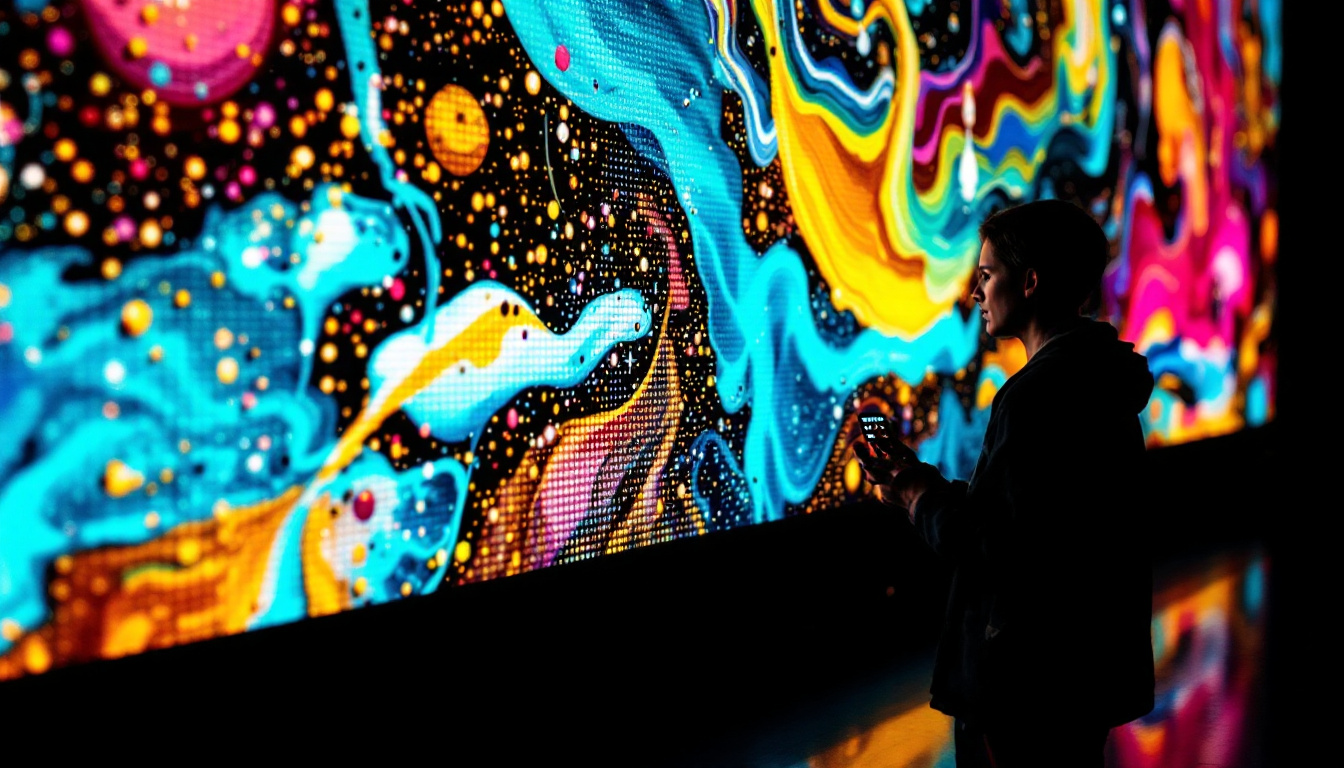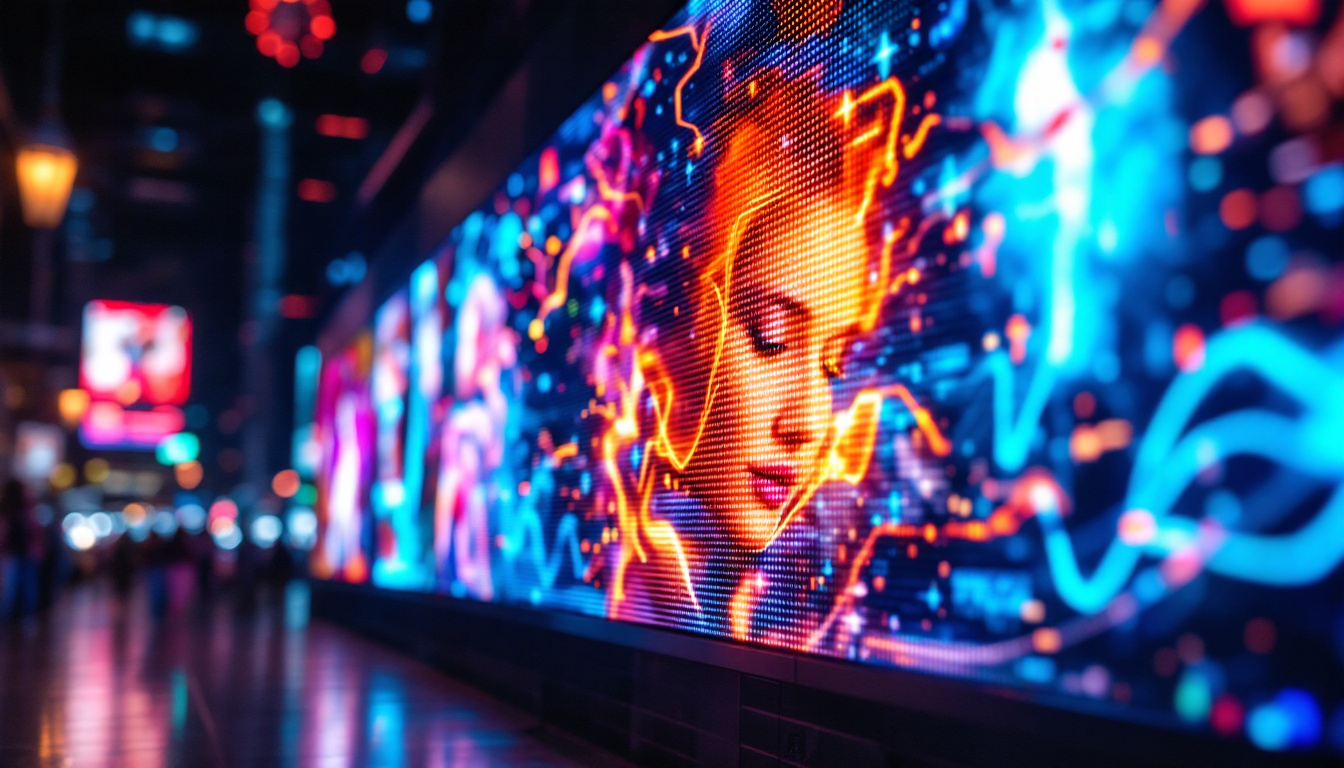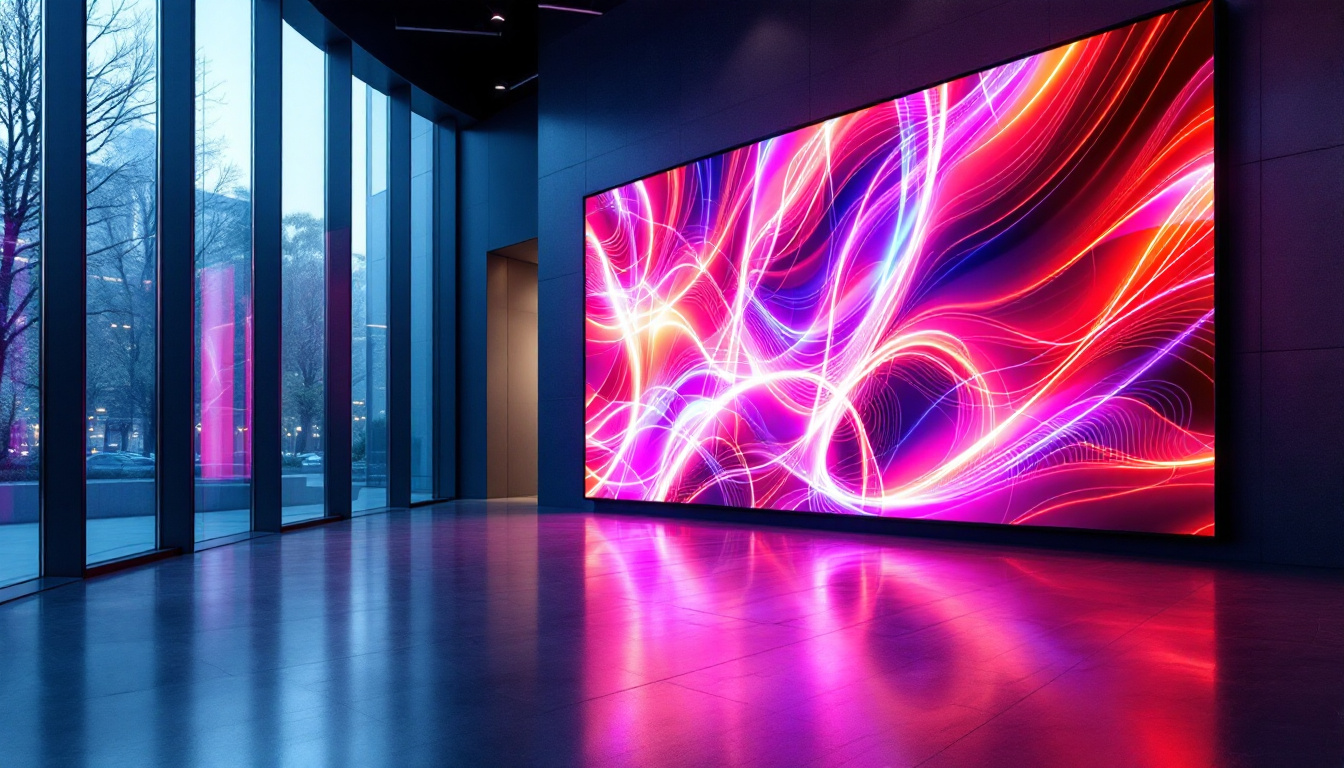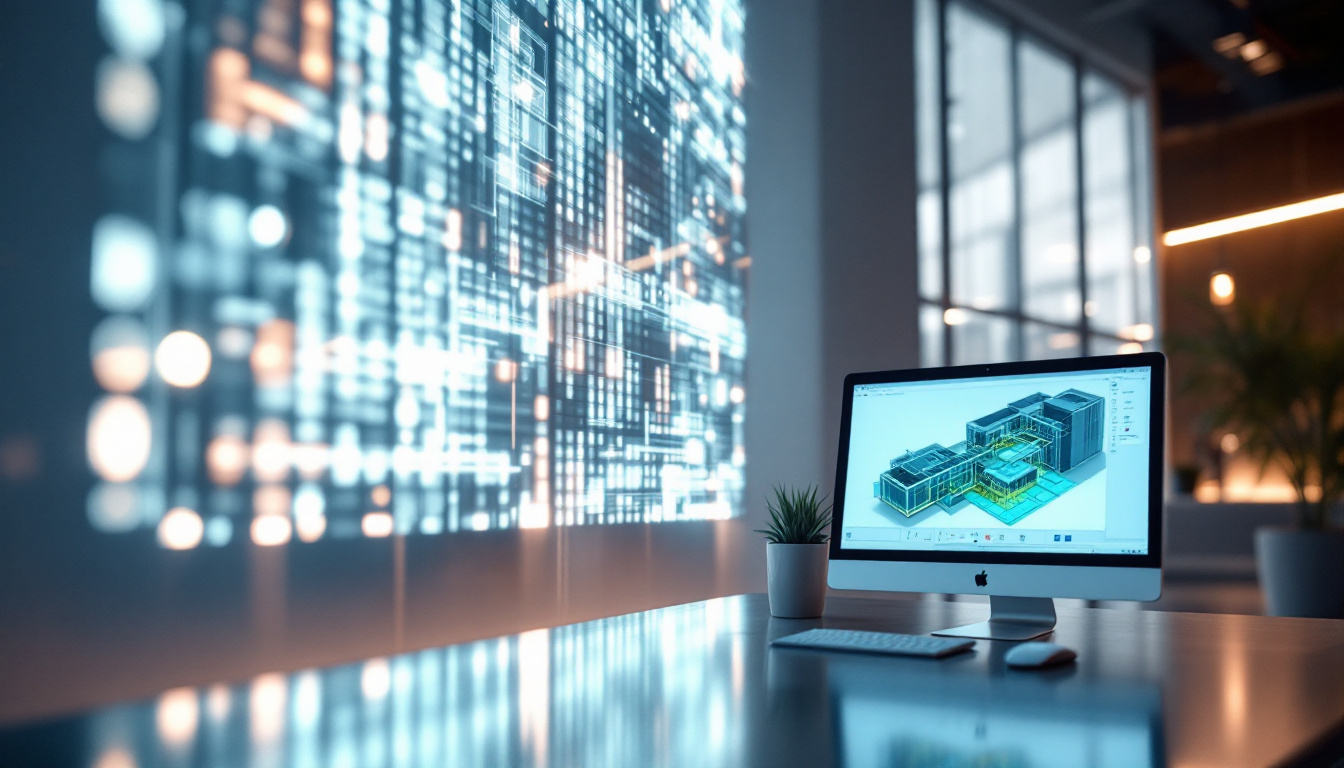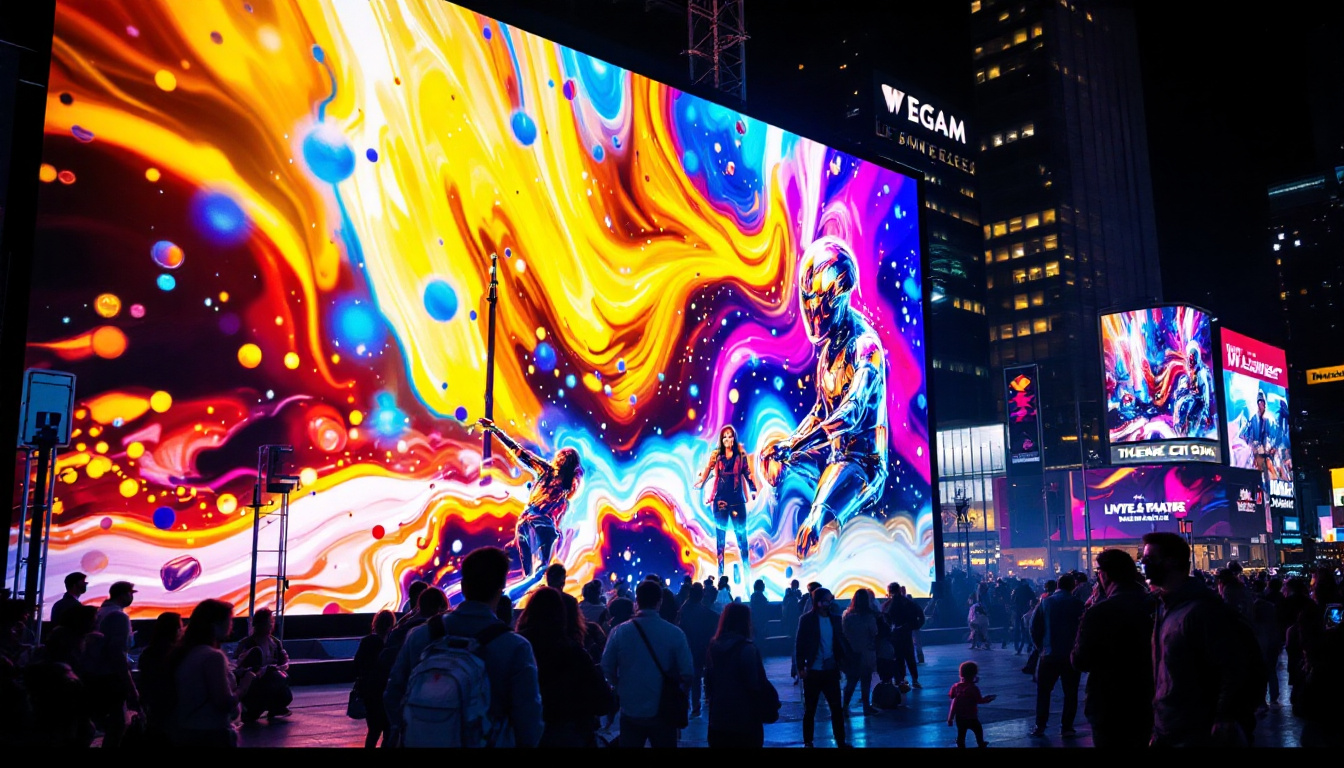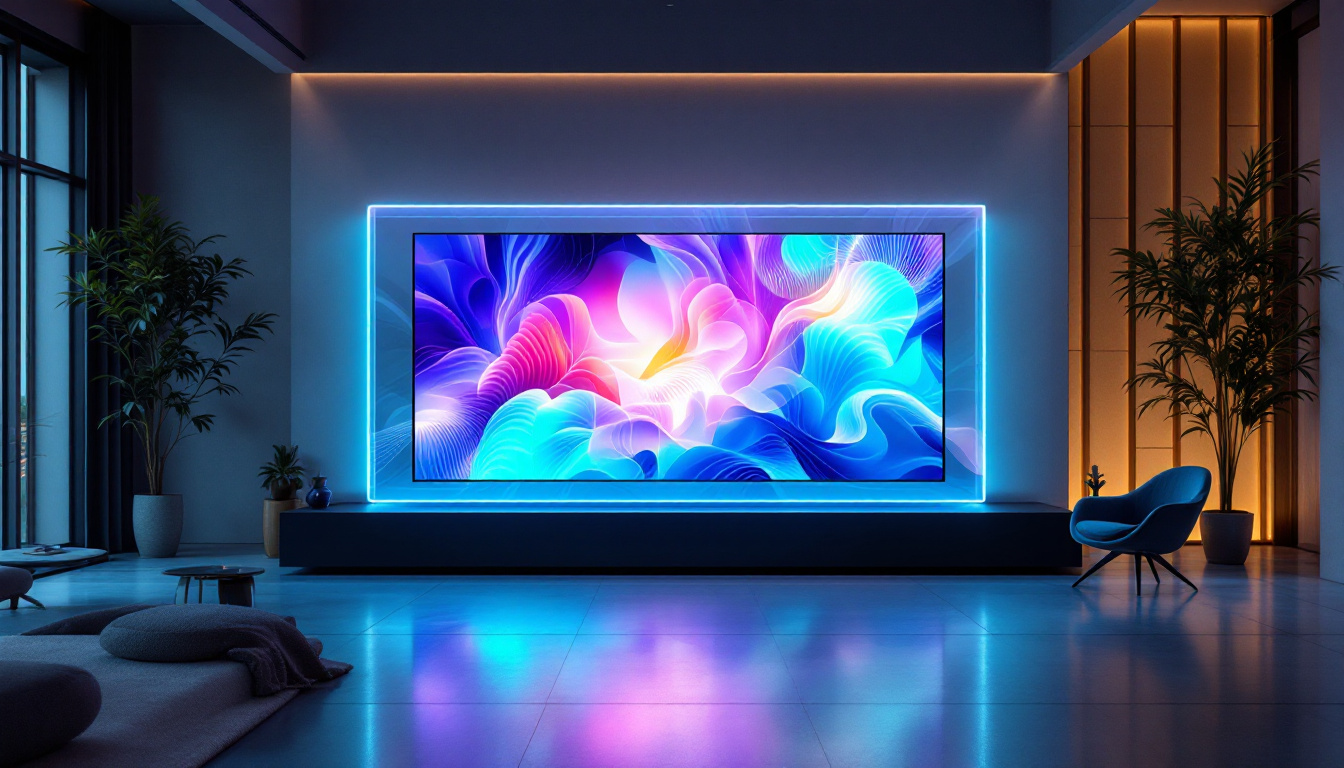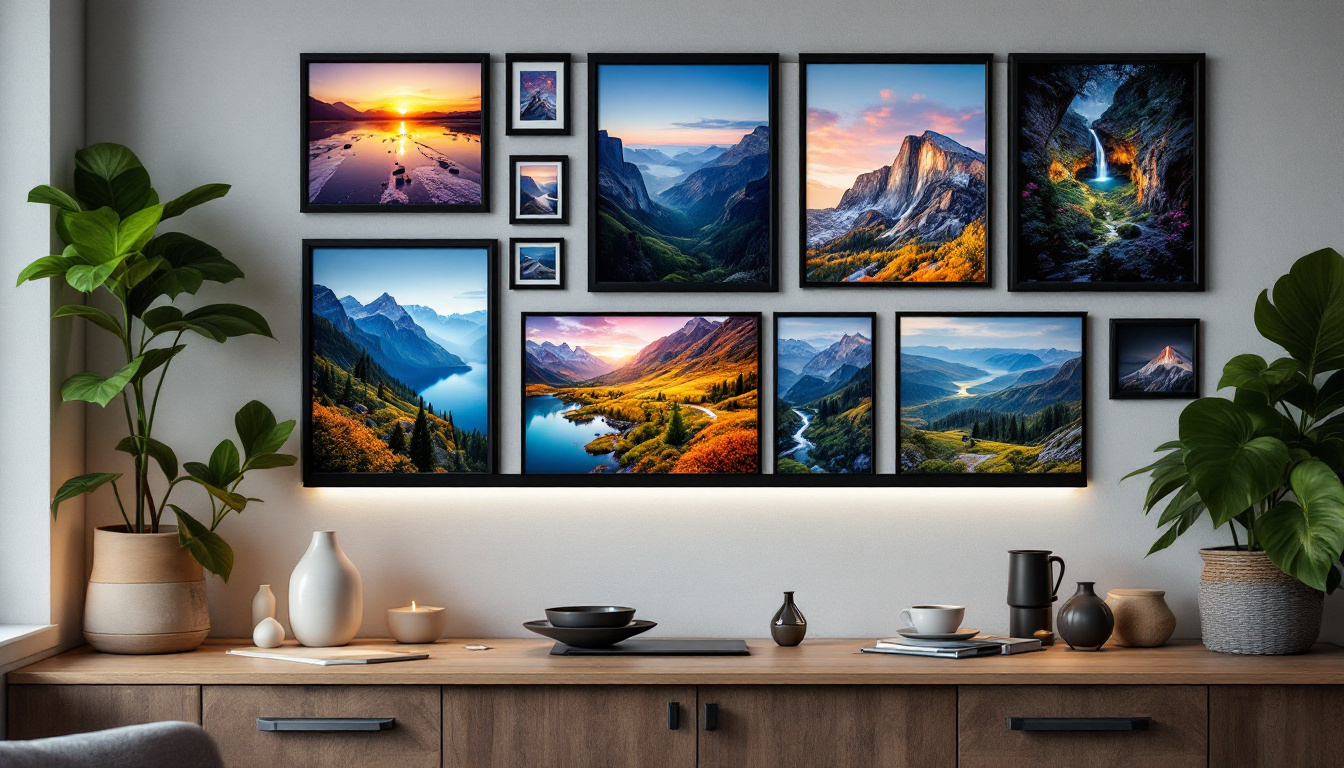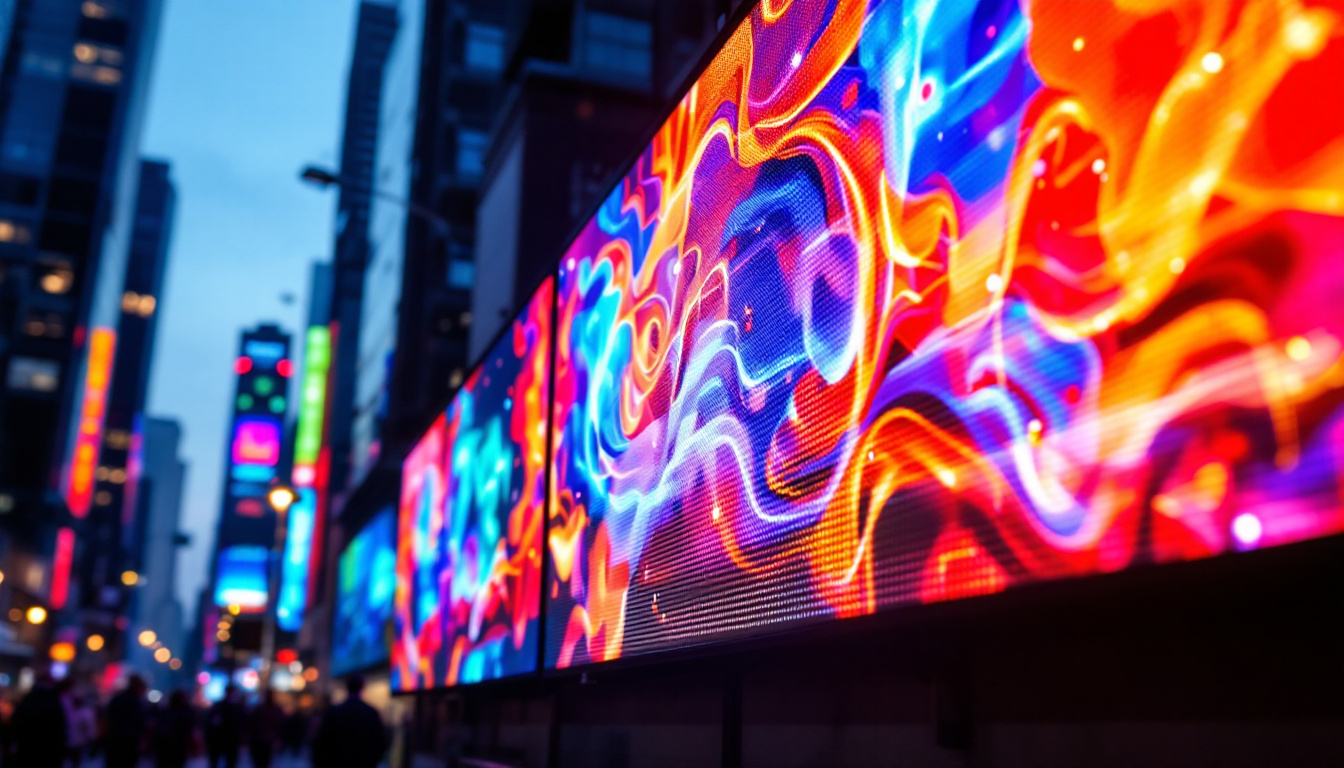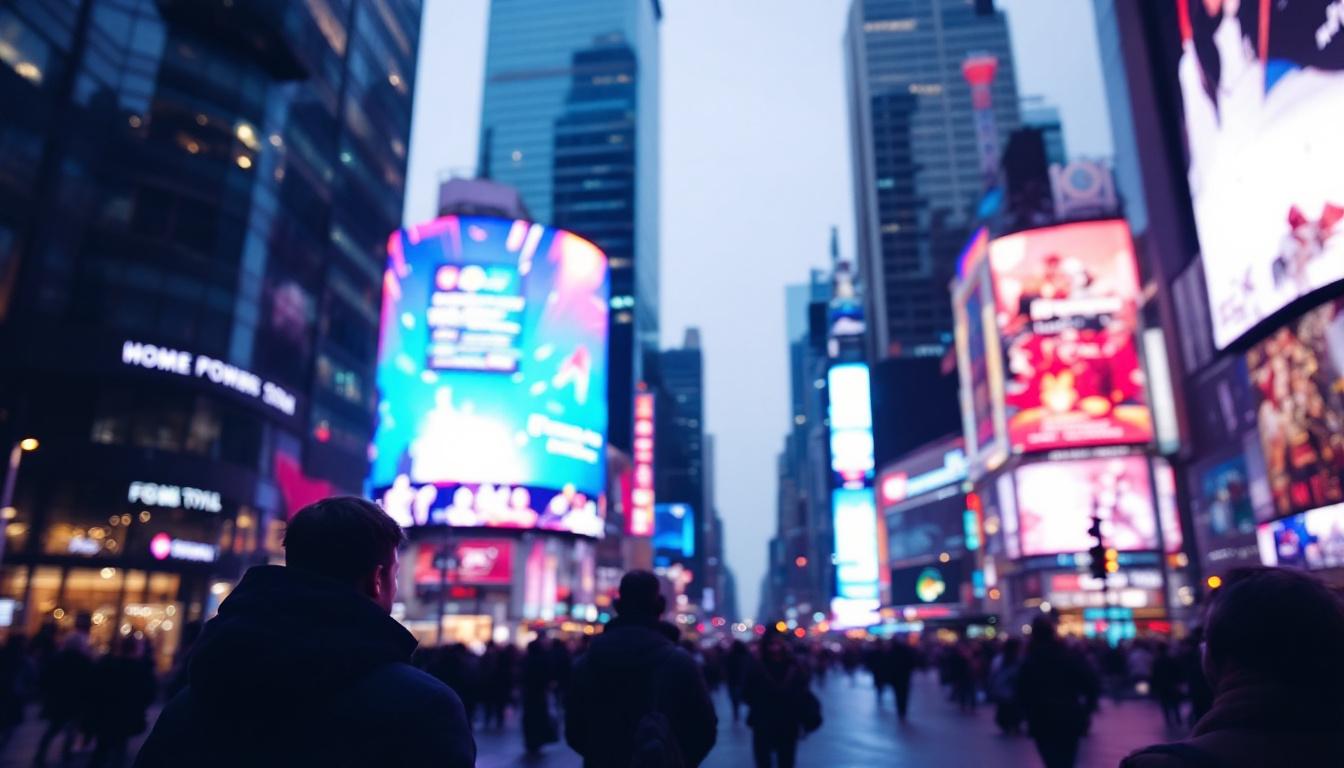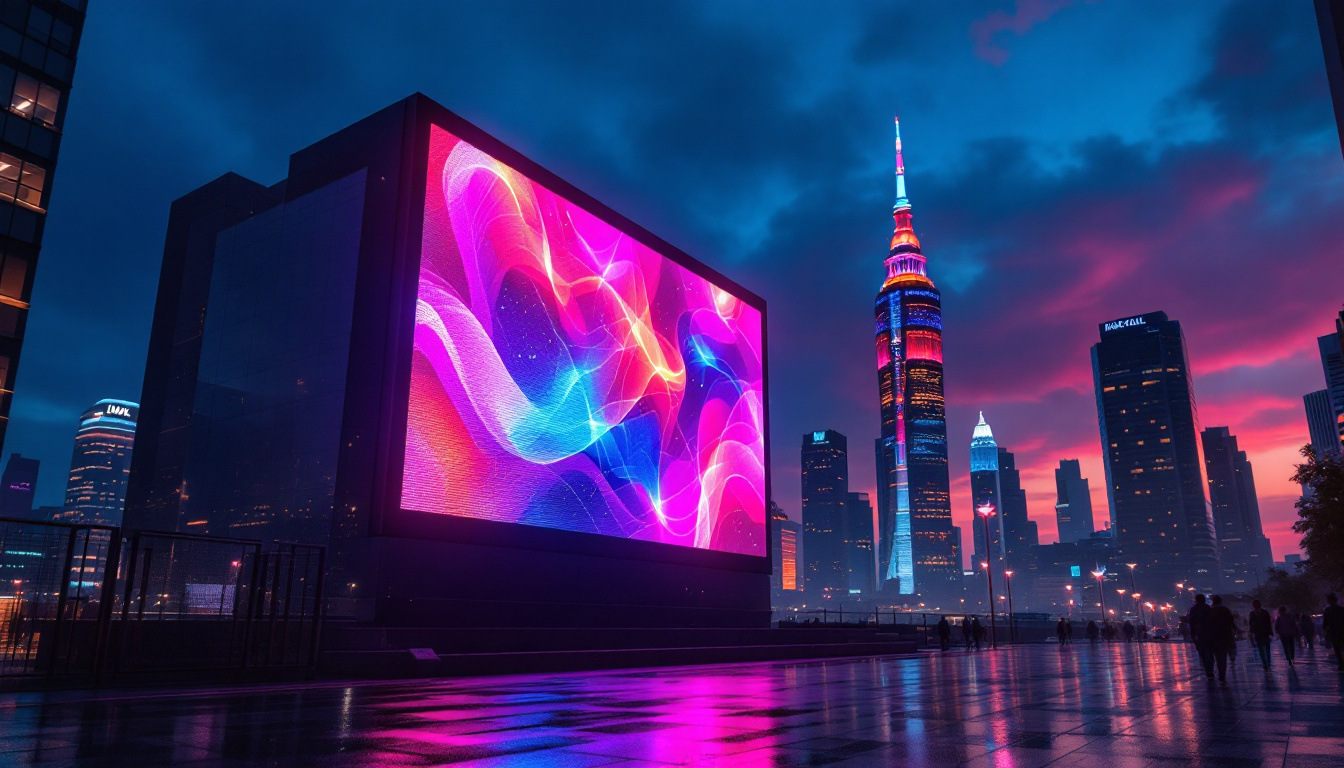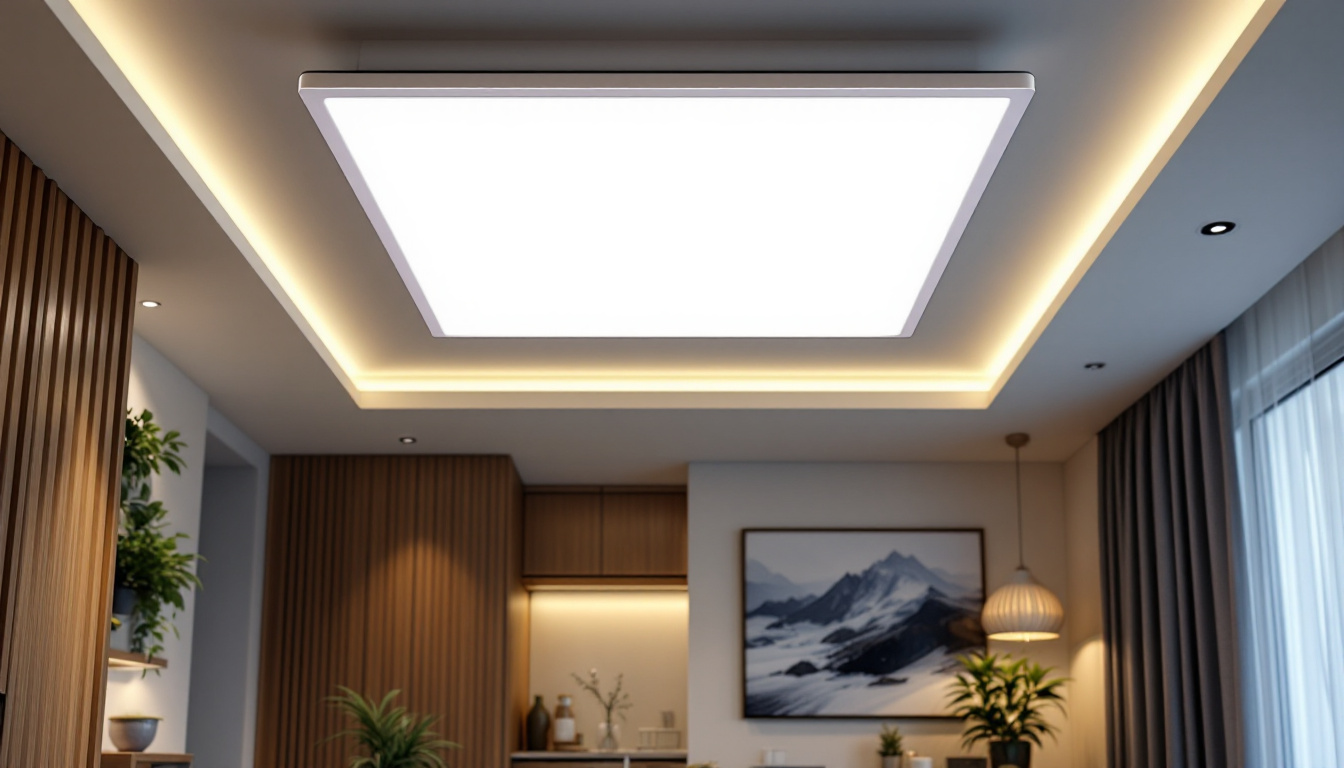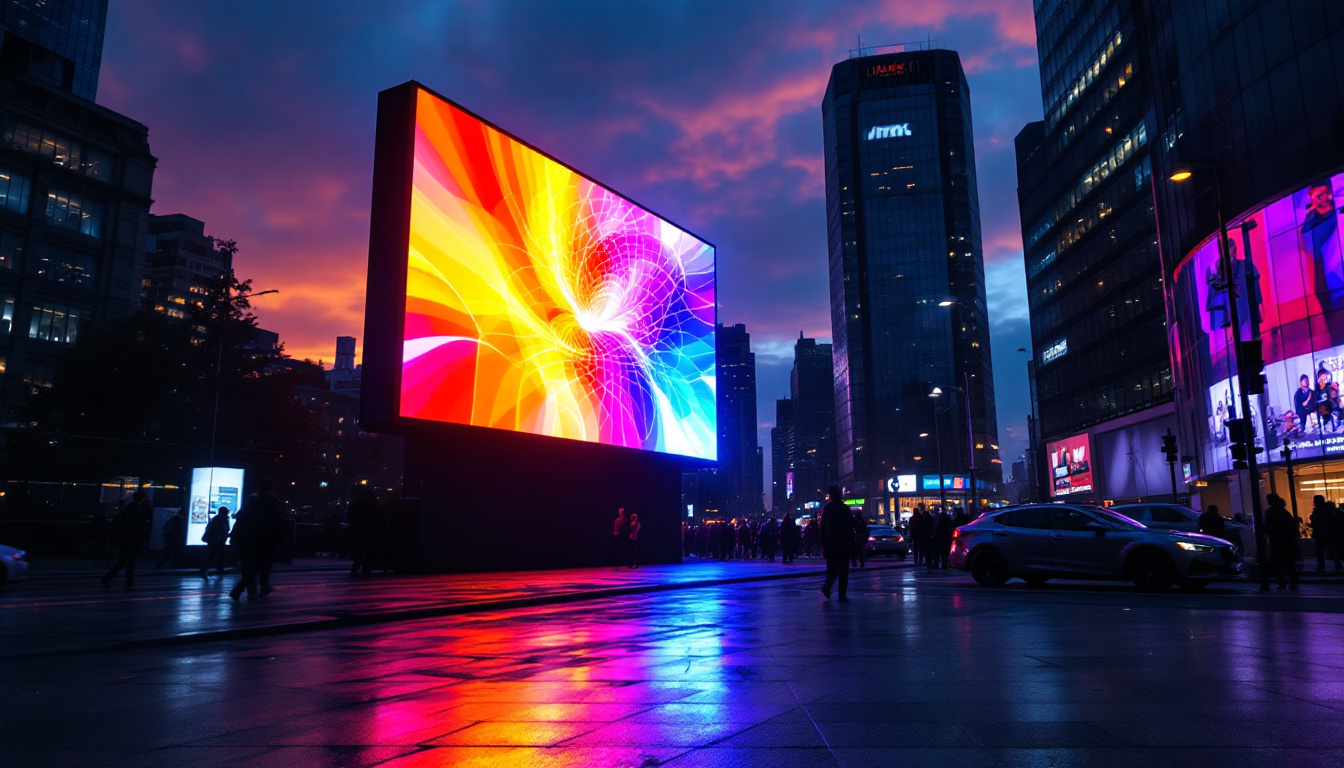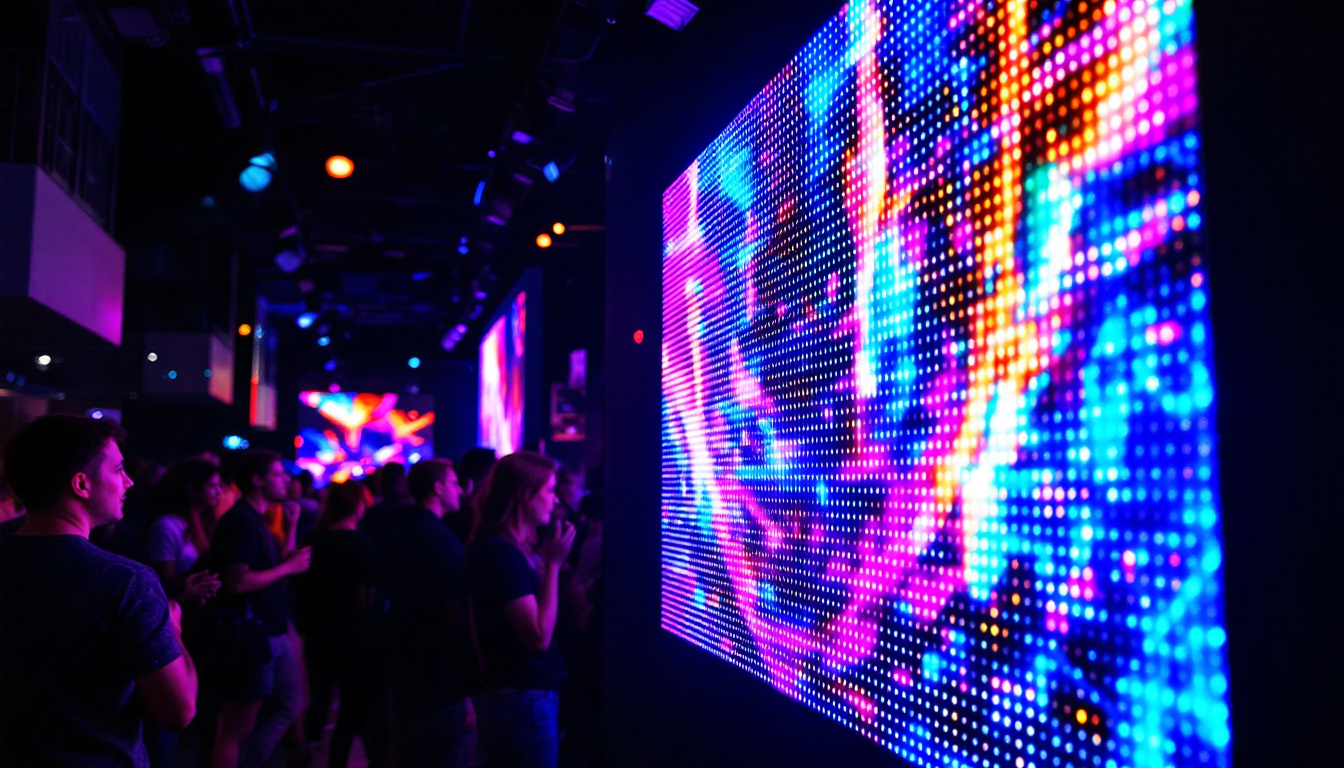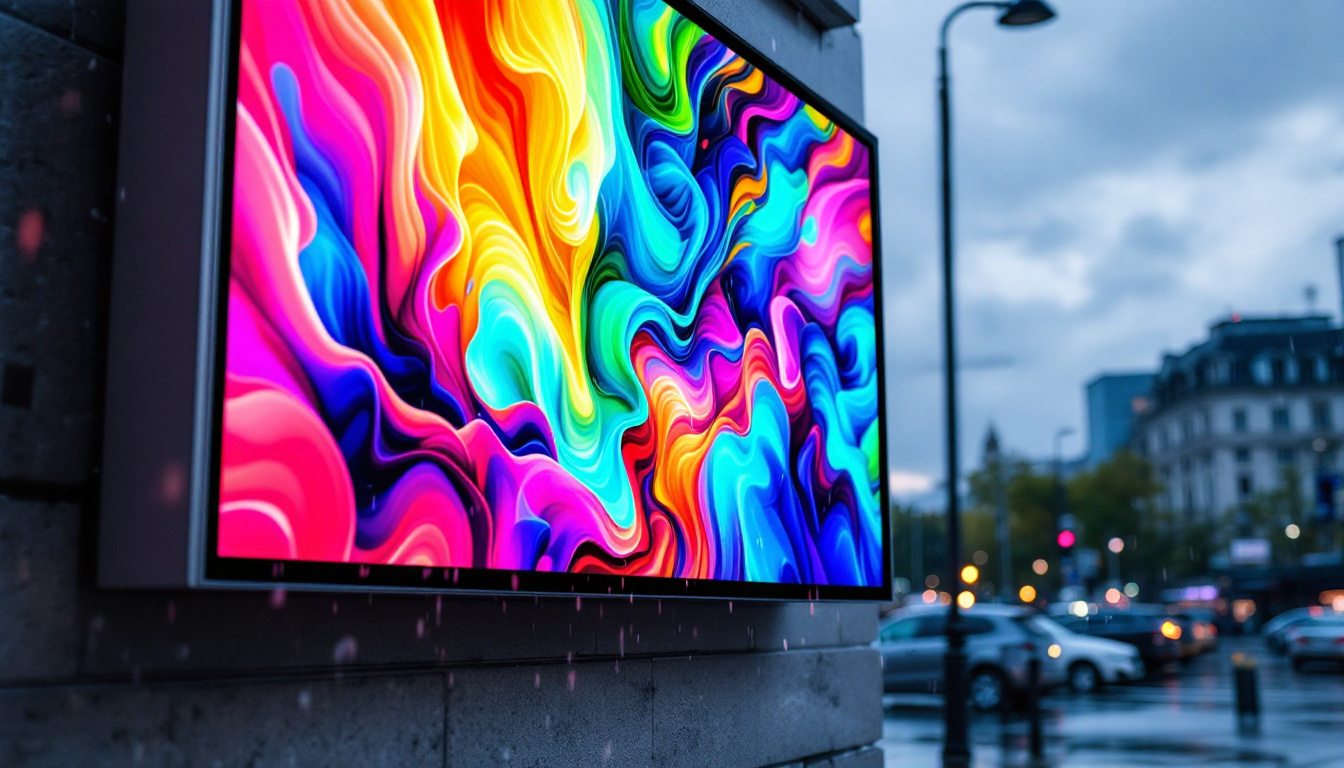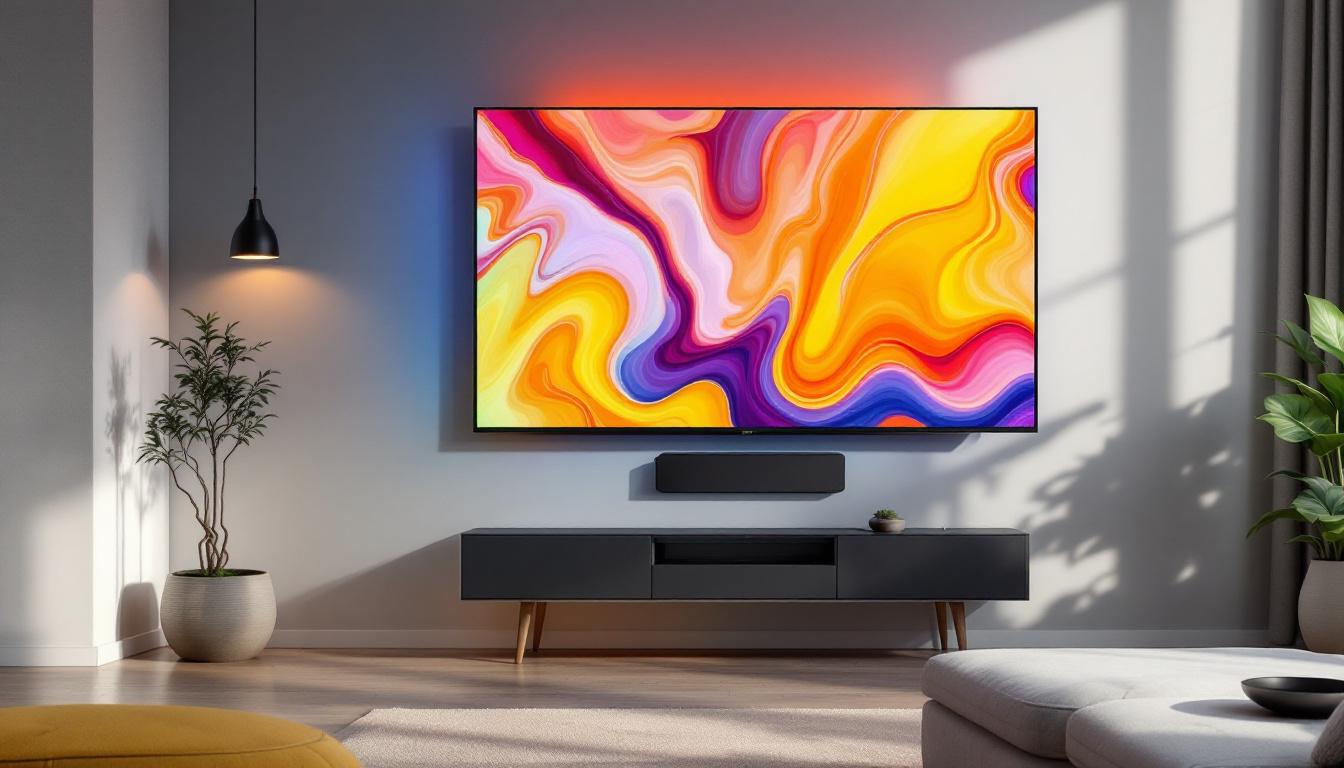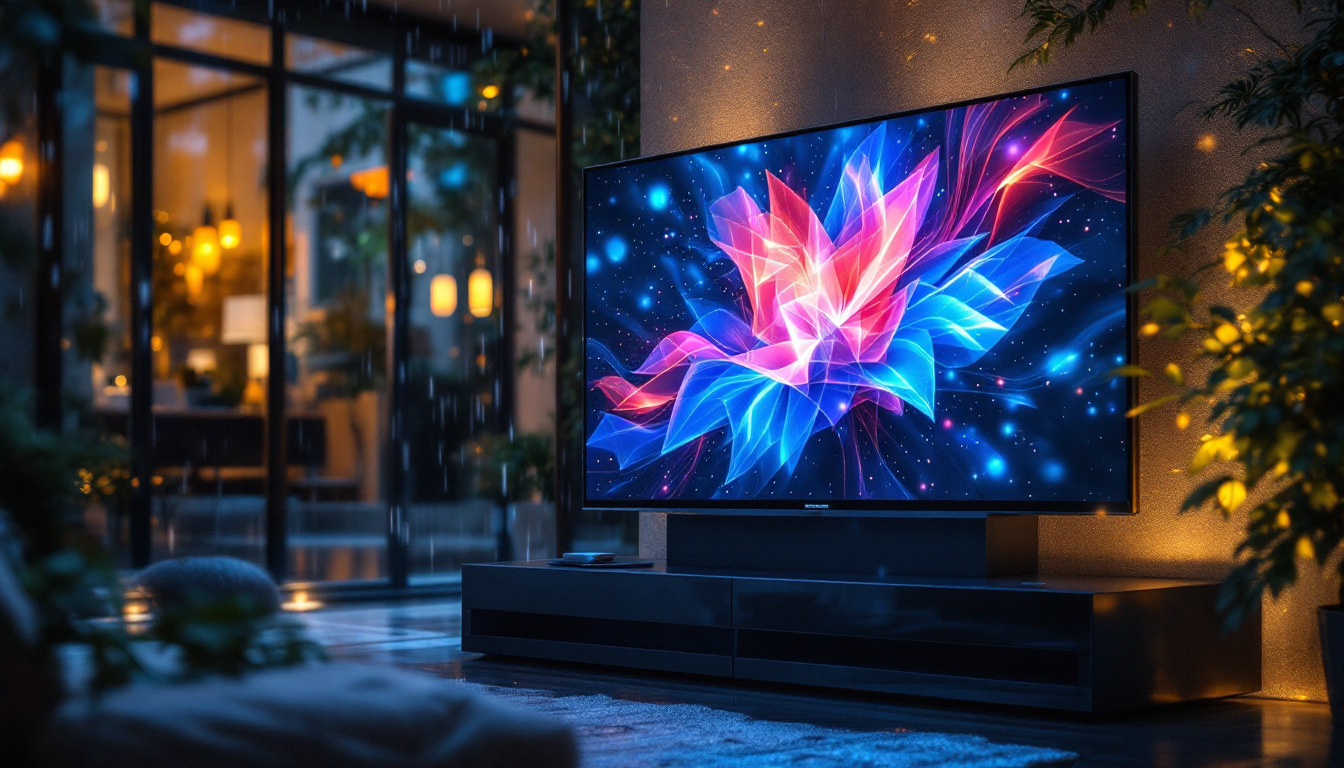In an era where digital media is increasingly taking over traditional forms of communication, understanding the technology behind video displays is crucial. LED displays have emerged as a popular choice for businesses and organizations looking to convey messages effectively. This article delves into the intricacies of LED technology, its benefits, and how it transforms the way we consume information.
Understanding LED Technology
LED, or Light Emitting Diode, is a semiconductor device that emits light when an electric current passes through it. This technology has revolutionized the display industry by offering a range of advantages over traditional display methods, such as LCD and projector systems. The efficiency and longevity of LED technology have made it a preferred choice for both commercial and residential applications, leading to a significant reduction in energy consumption and maintenance costs.
The Basics of LED Operation
At its core, an LED display consists of numerous small diodes arranged in a grid pattern. Each diode can emit different colors, allowing for the creation of vibrant images and videos. The combination of red, green, and blue (RGB) diodes enables the display to produce a wide spectrum of colors, making it suitable for various applications. This RGB configuration is essential for achieving the full range of colors, as it allows for precise color mixing and dynamic visual effects.
When an electrical current is applied, the diodes light up, and by controlling the intensity of each diode, the display can render complex images and animations. This ability to manipulate light at a granular level is what sets LED displays apart from their predecessors. Moreover, advancements in LED technology, such as the development of organic LEDs (OLEDs) and quantum dot LEDs (QLEDs), have further enhanced color accuracy and contrast ratios, making displays even more appealing to consumers.
Types of LED Displays
There are several types of LED displays, each designed for specific uses. The most common types include:
- Indoor LED Displays: These are typically used in venues such as theaters, shopping malls, and conference rooms. They offer high resolution and brightness, making them ideal for close viewing. Indoor displays often feature finer pixel pitches, which contribute to sharper images and smoother video playback.
- Outdoor LED Displays: Built to withstand various weather conditions, outdoor displays are often used for billboards and large signage. They are designed to be visible in bright sunlight and can cover large areas. Additionally, outdoor LED displays are engineered with robust protective casings to prevent damage from rain, wind, and UV exposure, ensuring longevity and reliability.
- Transparent LED Displays: These innovative displays allow for visibility through the screen while still delivering vibrant content. They are often used in retail environments to showcase products without obstructing the view. The transparent nature of these displays not only enhances the aesthetic appeal of storefronts but also enables unique advertising opportunities, allowing brands to engage customers in a visually striking manner.
Furthermore, the emergence of flexible LED displays has opened up new avenues for creativity in design. These displays can be bent or shaped to fit unconventional spaces, making them ideal for artistic installations and architectural applications. The versatility of LED technology continues to inspire innovations across various industries, from entertainment to transportation, as designers and engineers explore new ways to integrate lighting and display solutions into everyday life.
Advantages of LED Displays
LED displays offer numerous benefits that make them a preferred choice for many organizations. Their versatility, efficiency, and visual appeal are just a few factors contributing to their growing popularity.
Energy Efficiency
One of the standout features of LED technology is its energy efficiency. LED displays consume significantly less power compared to traditional display technologies. This not only reduces operational costs but also minimizes the environmental impact, making them a sustainable choice for businesses. Additionally, many LED displays come equipped with smart technology that allows for automatic brightness adjustment based on ambient light conditions, further enhancing energy savings while ensuring optimal visibility at all times.
High Brightness and Contrast
LED displays are known for their exceptional brightness and contrast levels. This makes them ideal for outdoor advertising, where visibility in direct sunlight is crucial. The high contrast ratio ensures that images and text remain sharp and clear, even from a distance. Furthermore, the color accuracy of LED displays is impressive, allowing for vibrant and lifelike images that can capture the attention of passersby. This capability is particularly beneficial for businesses looking to create eye-catching advertisements or displays that stand out in crowded environments.
Longevity and Durability
LED displays have a longer lifespan compared to other display technologies. With proper maintenance, they can last up to 100,000 hours or more. This durability makes them a cost-effective investment for businesses, as they require less frequent replacements. In addition to their impressive lifespan, LED displays are also built to withstand various environmental conditions. They are often resistant to shock, vibration, and extreme temperatures, making them suitable for both indoor and outdoor applications. This resilience ensures that businesses can rely on their displays to perform consistently, even in challenging settings.
Flexibility in Design
Another significant advantage of LED displays is their flexibility in design. They can be manufactured in various shapes and sizes, allowing for creative installations that can fit any space. Whether it’s a large-scale billboard, a sleek indoor screen, or a unique curved display, the adaptability of LED technology opens up endless possibilities for branding and advertising. This flexibility also extends to the content that can be displayed; businesses can easily update their messages, images, or videos in real-time, ensuring that their marketing efforts are always fresh and relevant.
Low Maintenance Requirements
In addition to their longevity, LED displays require minimal maintenance compared to other display technologies. Their solid-state construction means that they are less prone to damage and do not require frequent bulb replacements. This low maintenance requirement translates to lower labor costs and less downtime, allowing businesses to focus on their core operations rather than worrying about display upkeep. Moreover, many modern LED displays come with built-in diagnostic tools that can alert users to potential issues before they become significant problems, further enhancing reliability and performance.
Applications of LED Displays
The versatility of LED displays allows them to be used in a wide range of applications. From advertising to entertainment, their impact is felt across various industries.
Advertising and Marketing
LED displays have become a staple in advertising and marketing strategies. Their ability to display dynamic content, such as videos and animations, captures the attention of potential customers more effectively than static billboards. Businesses can update their messages in real-time, allowing for targeted marketing campaigns that resonate with their audience.
Events and Entertainment
In the entertainment industry, LED displays are used for concerts, festivals, and sporting events. Large-scale LED screens provide audiences with an immersive experience, enhancing the overall atmosphere. Additionally, they can be used for live streaming, ensuring that attendees have a clear view of the action, no matter where they are seated.
Corporate Communication
Many organizations utilize LED displays for internal communication. digital signage in offices can convey important information, such as announcements, schedules, and news updates. This fosters a more informed workplace and enhances employee engagement.
Choosing the Right LED Display
When considering an LED display for specific needs, several factors should be taken into account. Understanding these elements can help ensure that the chosen display meets the intended purpose effectively.
Resolution and Pixel Pitch
The resolution of an LED display is determined by the pixel pitch, which refers to the distance between individual pixels. A smaller pixel pitch results in higher resolution, making it suitable for close viewing. For outdoor displays viewed from a distance, a larger pixel pitch may suffice.
Size and Placement
The size of the LED display should align with the viewing distance and the intended use. Larger displays are ideal for outdoor advertising, while smaller ones may be more appropriate for indoor environments. Additionally, placement is crucial; ensuring that the display is positioned for maximum visibility can significantly enhance its effectiveness.
Content Management System
A robust content management system (CMS) is essential for managing the content displayed on LED screens. A good CMS allows for easy updates, scheduling, and customization of content, enabling organizations to adapt their messaging quickly and efficiently.
Maintenance and Care for LED Displays
To ensure longevity and optimal performance, regular maintenance of LED displays is necessary. Proper care can prevent issues and extend the lifespan of the technology.
Regular Cleaning
Dust and debris can accumulate on the surface of LED displays, affecting visibility. Regular cleaning with appropriate materials is essential to maintain clarity. It is advisable to follow manufacturer guidelines to avoid damaging the screen.
Software Updates
Keeping the software of the content management system up to date is crucial for security and performance. Regular updates can enhance functionality and introduce new features that improve user experience.
Professional Inspections
Engaging professionals for periodic inspections can identify potential issues before they escalate. These experts can provide insights into necessary repairs or upgrades, ensuring that the display operates at peak performance.
The Future of LED Displays
The future of LED technology looks promising, with ongoing advancements that continue to push the boundaries of what is possible. Innovations in flexibility, resolution, and interactivity are paving the way for more engaging and immersive experiences.
Flexible and Curved Displays
Emerging trends in LED technology include flexible and curved displays, which can adapt to various environments and applications. These displays open up new possibilities for creative installations, allowing for unique designs that enhance visual storytelling.
Interactive Displays
As technology evolves, interactive LED displays are becoming more prevalent. These displays enable user engagement through touch or gesture recognition, providing a dynamic experience that captivates audiences. Businesses can leverage this interactivity to create memorable marketing campaigns and enhance customer experiences.
Integration with Smart Technology
The integration of LED displays with smart technology is another exciting development. This includes connectivity with mobile devices, enabling users to interact with displays in real-time. Such advancements can lead to more personalized content delivery, further enhancing the effectiveness of digital signage.
Conclusion
LED displays represent a significant advancement in visual communication technology. Their energy efficiency, durability, and versatility make them an attractive option for various applications, from advertising to corporate communication. As the technology continues to evolve, the potential for innovative uses is limitless.
Understanding the intricacies of LED displays empowers businesses and organizations to make informed decisions when investing in digital signage. By considering factors such as resolution, size, and content management, they can harness the full potential of this technology to engage their audiences effectively.
As the demand for dynamic and engaging content grows, LED displays will undoubtedly play a pivotal role in shaping the future of communication. Embracing this technology is not just a trend; it is a strategic move toward enhancing visibility and impact in an increasingly digital world.
Discover LumenMatrix LED Display Solutions
Ready to elevate your visual communication with cutting-edge LED technology? LumenMatrix offers a comprehensive range of LED display modules, from vibrant Indoor and Outdoor LED Wall Displays to innovative solutions like Vehicle LED Displays and Transparent LED Displays. Whether you’re looking to captivate passersby with a dynamic Outdoor LED Sports Display or create an immersive environment with a Custom LED Display, LumenMatrix has the expertise to bring your vision to life. Don’t miss the opportunity to transform your brand’s visibility and audience engagement. Check out LumenMatrix LED Display Solutions today and join the revolution in digital signage excellence.

